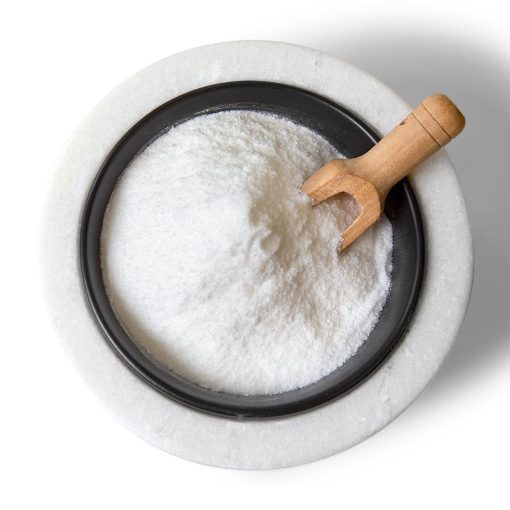Common powder surface modification equipment

Factors that affect the powder modification effect include the properties of the powder raw materials, modification methods, modification processes, modifiers and their formulas, and modification equipment. When the powder modification process and modifier or formula are determined, the modification equipment becomes the key factor affecting the powder modification effect.
Powder modification equipment mainly undertakes three responsibilities: one is mixing, the second is dispersion, and the third is that the modifier melts in the equipment and combines well with the powder. In addition, the powder modification equipment is also required to have less energy consumption and wear, no dust pollution, simple equipment operation, and stable operation.
1. HEM high-efficiency hybrid modifier
The HEM high-efficiency hybrid modifier has six groups of stirring paddles, 24 moving knives and guide plates. The materials are fully mixed repeatedly in the bin and repeatedly act with the additives, so that the materials absorb the additives, so that the additives are evenly coated on the surface of the powder.
2. High-speed heating mixer
The high-speed heating mixer is one of the commonly used equipment for chemical coating and modification of inorganic powders, such as inorganic fillers or pigments. It is a mixing equipment widely used in the plastic products processing industry.
3. SLG continuous powder surface modifier
The SLG continuous powder surface modifier is mainly composed of a thermometer, a discharge port, an air inlet, an air duct, a main machine, a feed port, a metering pump and a feeder.
4. High-speed airflow impact surface modifier
The main structure is mainly composed of high-speed rotating rotor, stator, circulation loop, wing, jacket, feeding and discharging device. The whole system consists of mixer, metering feeding device, high-speed airflow impact surface modifier, product collection device, control device, etc.
5. Horizontal paddle mixer
The horizontal paddle mixer is an intermittent powder surface modifier with horizontal cylinder and single-axis multi-paddle as structural characteristics. It is mainly composed of transmission mechanism, main shaft, cylinder, end cover, etc.
6. Turbine (rotary) mill
It is mainly composed of machine base, drive part, crushing chamber, gap adjustment and inlet and outlet. The characteristic is that the heat generated by the ultrafine grinding process (50℃~60℃) is used to introduce the crushed ultrafine powder into the vortex mill, and the pre-heated and melted stearic acid modifier is metered to carry out continuous surface modification.
7. Turbo mill
The Turbo mill is mainly composed of a depolymerization wheel, a discharge door, an air inlet, a classifier, a feed port, a multi-channel surface dispersant inlet and a feeder.
Finally, the selection principles of surface modification equipment are summarized as follows:
(1) Good dispersibility of powder and surface modifier. Only with good dispersibility can the powder and surface modifier have a relatively equal opportunity and effect, and the amount of surface modifier can be reduced.
(2) The modification temperature and residence time are adjustable within a certain range.
(3) Low energy consumption per unit product and low wear. In addition to the modifier, the main cost of surface modification is energy consumption. Low-energy modification equipment can reduce production costs and improve product competitiveness; low wear can not only avoid the contamination of modified materials, but also improve the operation efficiency of the equipment and reduce operating costs.
(4) Less dust pollution. The escape of dust during the modification process not only pollutes the production environment, but also causes material loss, resulting in increased product production costs. Therefore, the dust pollution of the equipment must be investigated.
(5) Continuous production, simple operation, and low labor intensity.
(6) Smooth and reliable operation.
(7) High level of automatic control, which can automatically adjust the processing volume, modifier addition amount, modification temperature, residence time and other factors according to the properties of the material and the properties of the surface modifier.
(8) The production capacity of the equipment should be consistent with the designed production scale. When the designed production scale is increased, large-scale equipment should be selected as much as possible to reduce the number of equipment to reduce the floor space, production costs and facilitate management.
